Everything is Amazing: The Zen of Street Photography for Everybody
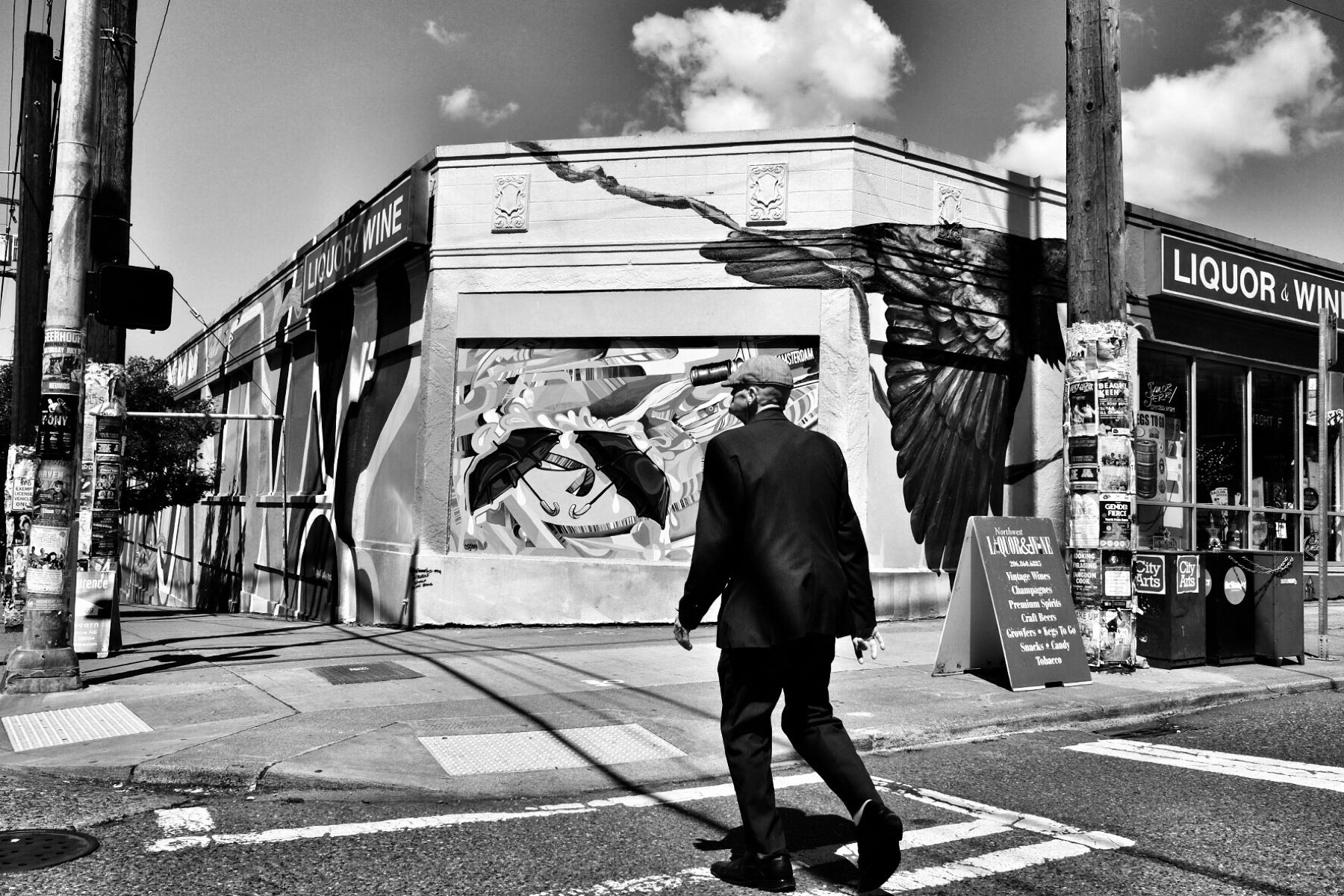
Every stock photo for “meditation” looks exactly the same: A 30-something white woman sitting in lotus position with her thumb and forefinger looped in a mudra, hands resting on her knees with her eyes closed. (Bonus points if she’s sitting on a beach or mountaintop.)
Sitting there like that does nothing for me. Apart from disappearing into the liquid oneness of a pulsing dancefloor or the waves of an ocean, there is no greater flow for me than to lose myself in a sea of urban humanity with my camera in hand.
The word Zen is derived from the Chinese word “chán” and the sanskrit word “dhyana,” which mean “meditation.” In Sanskrit, the root meaning is “to see, to observe, to look.
These days everyone has a camera in their pocket. Whether you have a thing for taking pics or not, snapping the shutter is moot: Thinking like a street photographer can open you to a new level of wonder and awareness as you move about the world.
Let go.
On the street, you control nothing.
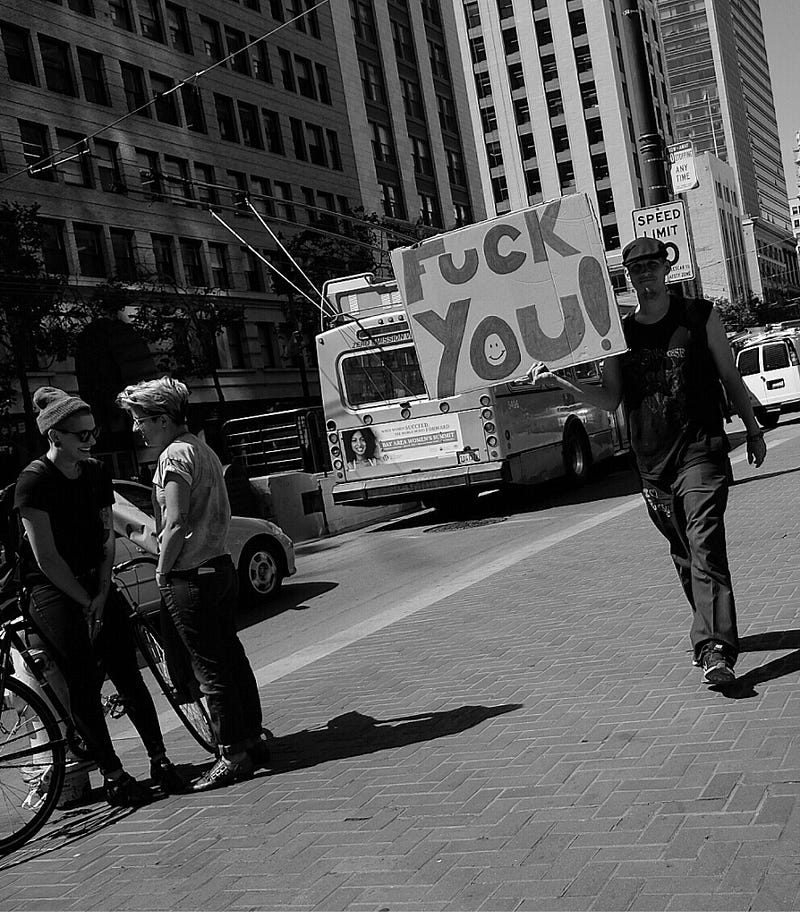
You can be on a hot date and a dying rat will crawl across the sidewalk in front of you. (True story.) Someone can run by and knock the coffee out of your hand. Rain can start falling on your new leather jacket. Firetrucks can suddenly scream in your ear. Birds can shit on your head and then sing you a song. You can unexpectedly see your own face in the chrome of a gleaming Harley parked just so. The most beautiful boy or girl or dog in the world can pass by and look into your eyes in a way that blows your mind. Look. Listen. That thing you just saw? It will not happen again.
“Photographers deal in things which are continually vanishing and when they have vanished there is no contrivance on earth which can make them come back again.” — Henri Cartier-Bresson
Be curious about the unexpected moment and plans that go awry. When you miss the bus and have to take the next one, look at the people across from you that you may never otherwise have seen in your entire life. Click click click in your mind. Street photography is all about embracing surprises, the unusual, and seeing magic in what you least expected.
Stop. Breathe. Look around.
Do you ever get somewhere and not remember traveling there? When you are walking or going about, listen to the cars or murmurs or shouts around you, feel your feet landing on the ground, and continually bring yourself back into the moment. I always think of the common meditation instruction to “return to the breath” when the mind wanders off. In my case, when I start to obsess or stress about getting perfect shots or should I turn left or right or should I stop by the store after this or god that thing that happened at work sucked or I wish that the sun was shining the other way or that that person would just move over a little bit… if-only and what-if and should-I and and and….
Stop. Breathe. Put one foot in front of the other. Breathe. Step. Breathe. Step. Look around. Turn around.
Earlier this year, I was at a local park taking shots of skateboarders on a jumps course. I was fully primed for speed, chaos, aggression and acrobatics, and I was not disappointed:
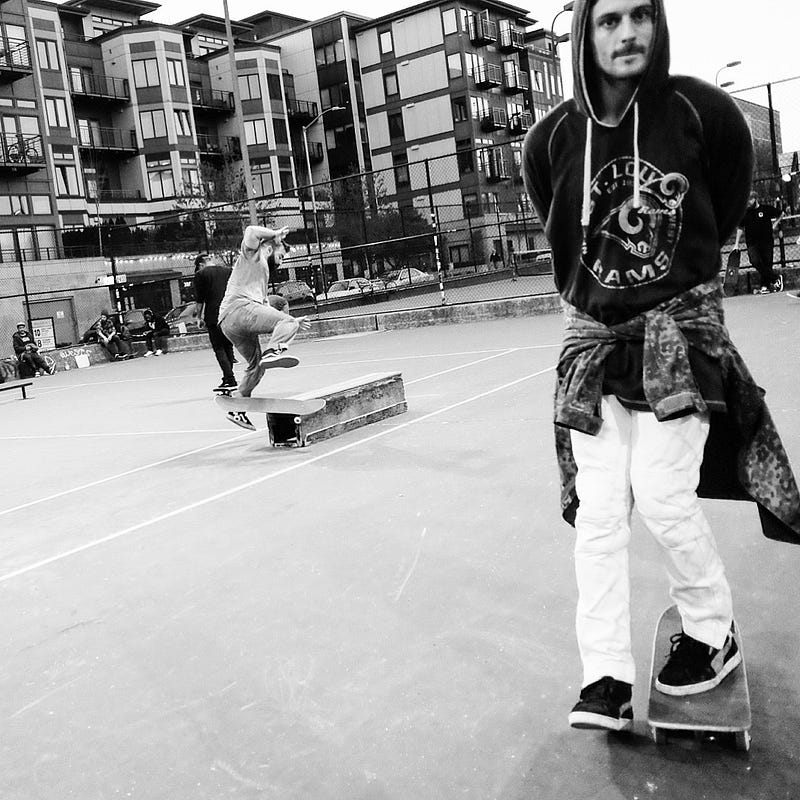
But then I stopped and mentally zoomed out on the scene. It was early on a warm Friday night and the people of Seattle were out doing things and watching other people do things.
Still standing in the same spot, I looked next to me and saw this:

This is now one of my favorite photos and the inspiration for the title of this article. Observing does not take you out of the moment or make you merely a witness. It is this state of receptiveness that lets the world in and puts you truly in it.
Stop. Breathe. Look around.
Be awake.
When I intentionally go out on a shoot—that is, when I head out with my camera to lose myself in the sea of people on purpose, it puts me in a state of heightened senses and awareness. The footsteps behind me, what direction everyone seems to be going, laughing faces under a neon sign, a sudden blast of music or yelling or barking, the smell of pizza or the perfume of an elegant woman, the busker in the light and the smoker in the shadows. I go with the flow of crowds and green lights and “walk” signs, down alleys and through gardens, toward a sound or flash of action.

When I take photographs, my body inevitably enters a trancelike state. Briskly weaving my way through the avenues, every cell in my body becomes as sensitive as radar, responsive to the life of the streets… An endless, murmuring refrain. — Daidō Moriyama
Pure response and flow. That is the purest form of this walking meditation for me. Henri Cartier-Bresson spoke of “the decisive moment” — when in this receptive state to the world around you, you instinctively take a photo. The busy mind lets go and the body responds to that instinct and world around it.
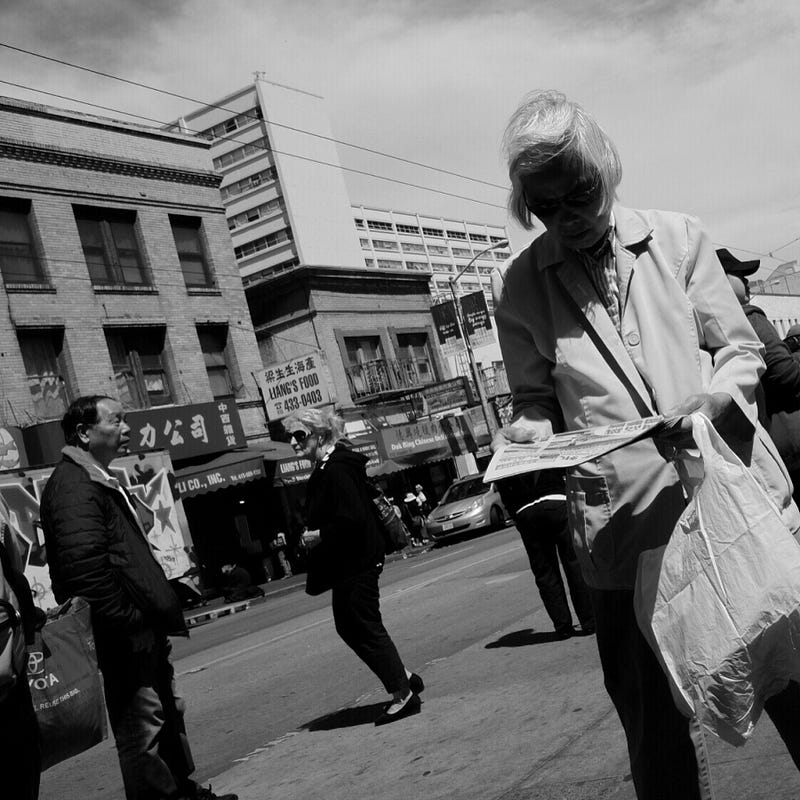
Think now of anything that you are already “primed” for in your days— the stories you collect from your workday to tell your wife at night, or that your first instinct is to tweet or Facebook when you think a clever thought, or that you always notice when Miles Davis songs are playing anywhere. We train our minds and they in turn amplify that signal to us when they witness it again.
We can train ourselves to see these fleeting and once-ever moments, not just in brief flashes but as a general way of mind. Click. Look up. Turn around. Click. And like anything else, the more you practice, the more natural and automatic it will become. Look for everyday bits of magic and serendipity and you will see them.
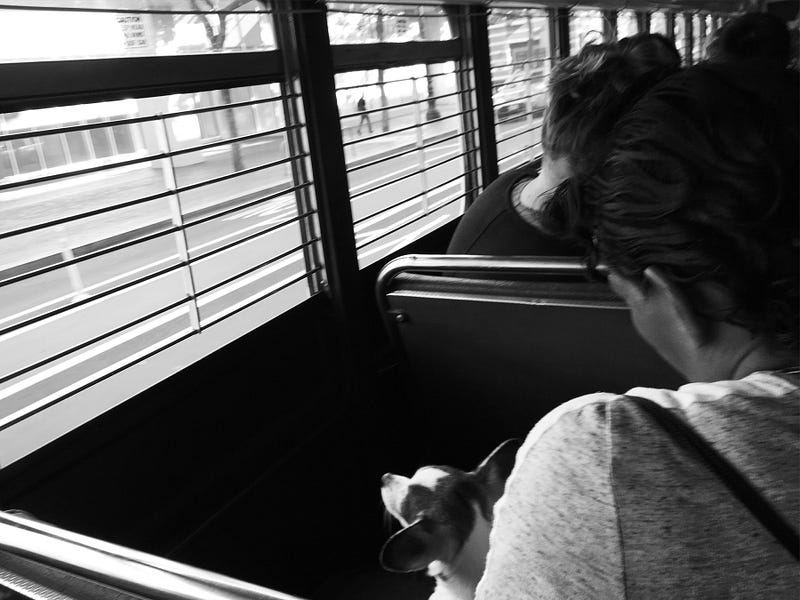
On your daily walk or drive or subway ride, the one you do hundreds of times a year — observe with a photographer’s mind. What moments would you capture? What is different from yesterday? What was that noise or sudden glance? What is about to happen? How can you tell? What is the story unfolding in front of your eyes?
Click click click.
For more of my photography, please find me on Instagram, Facebook, or my gallery site.